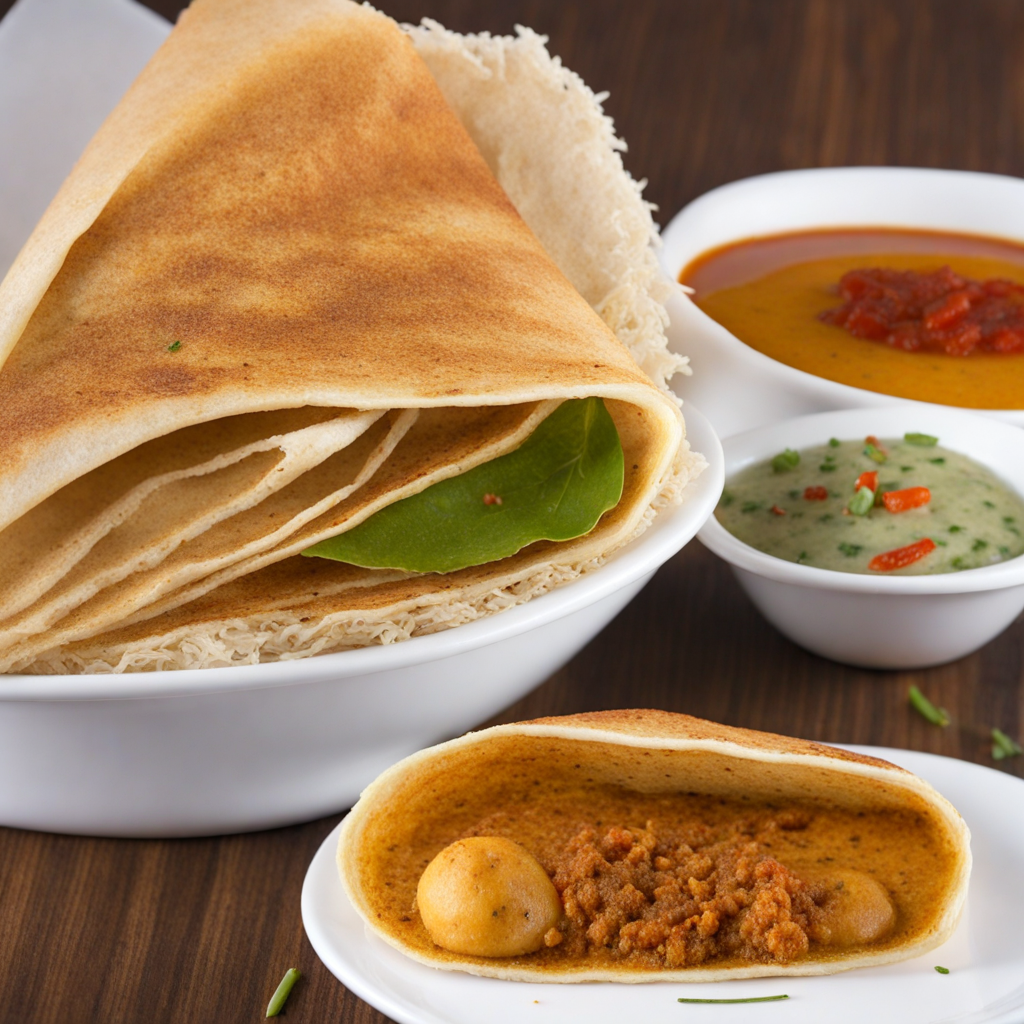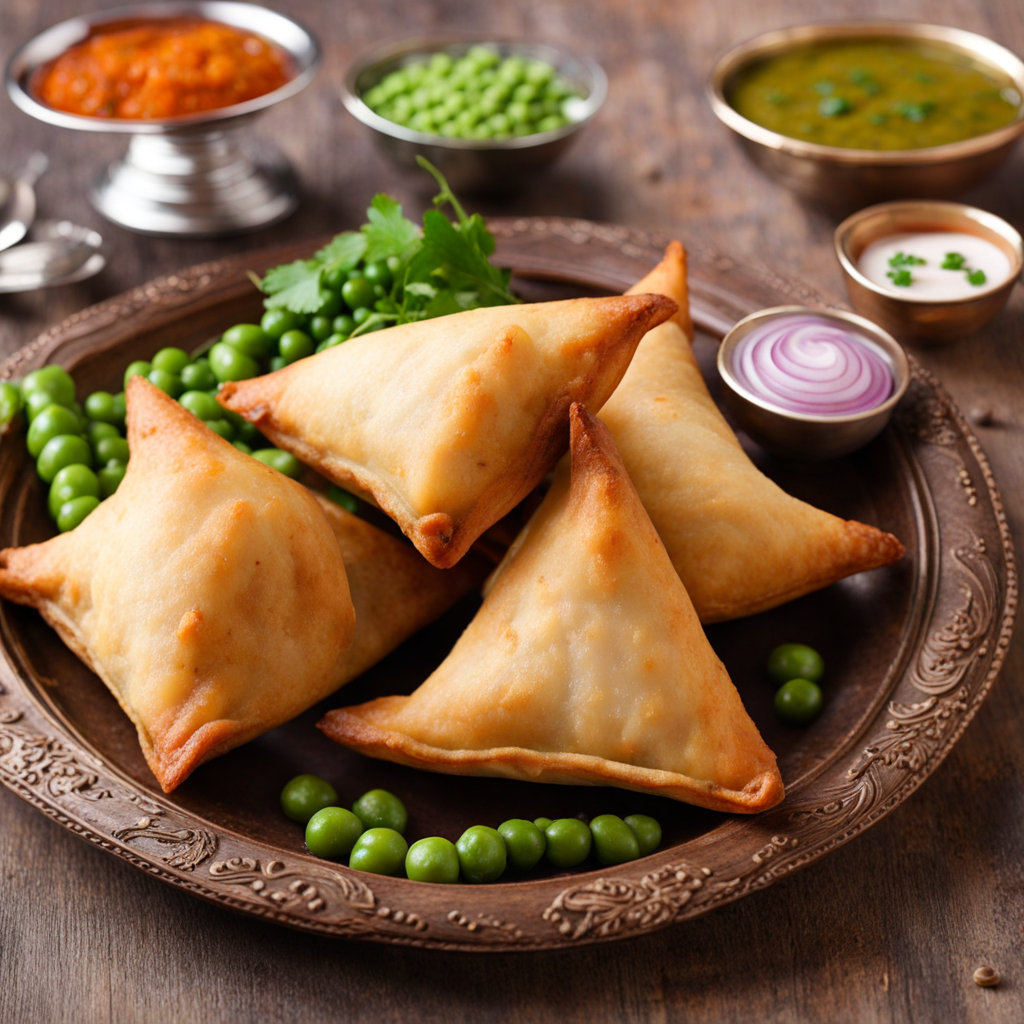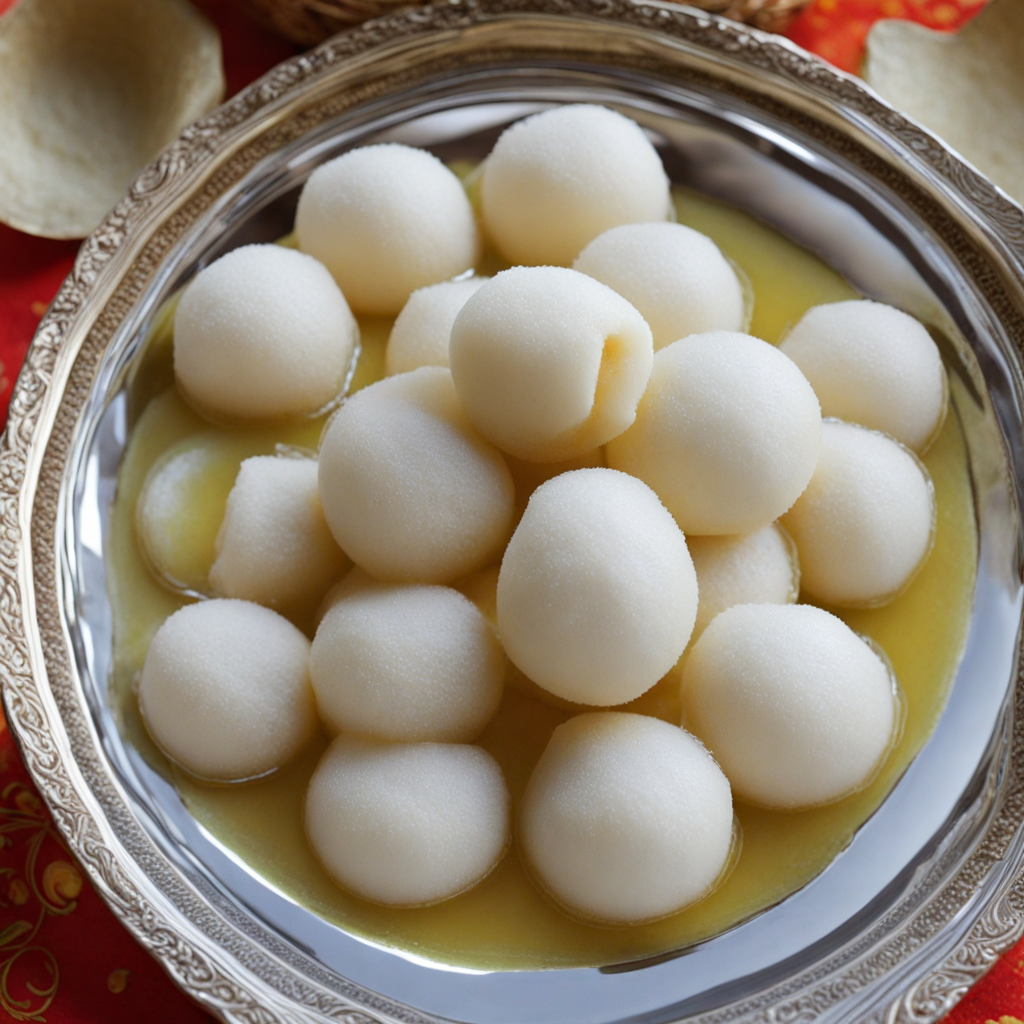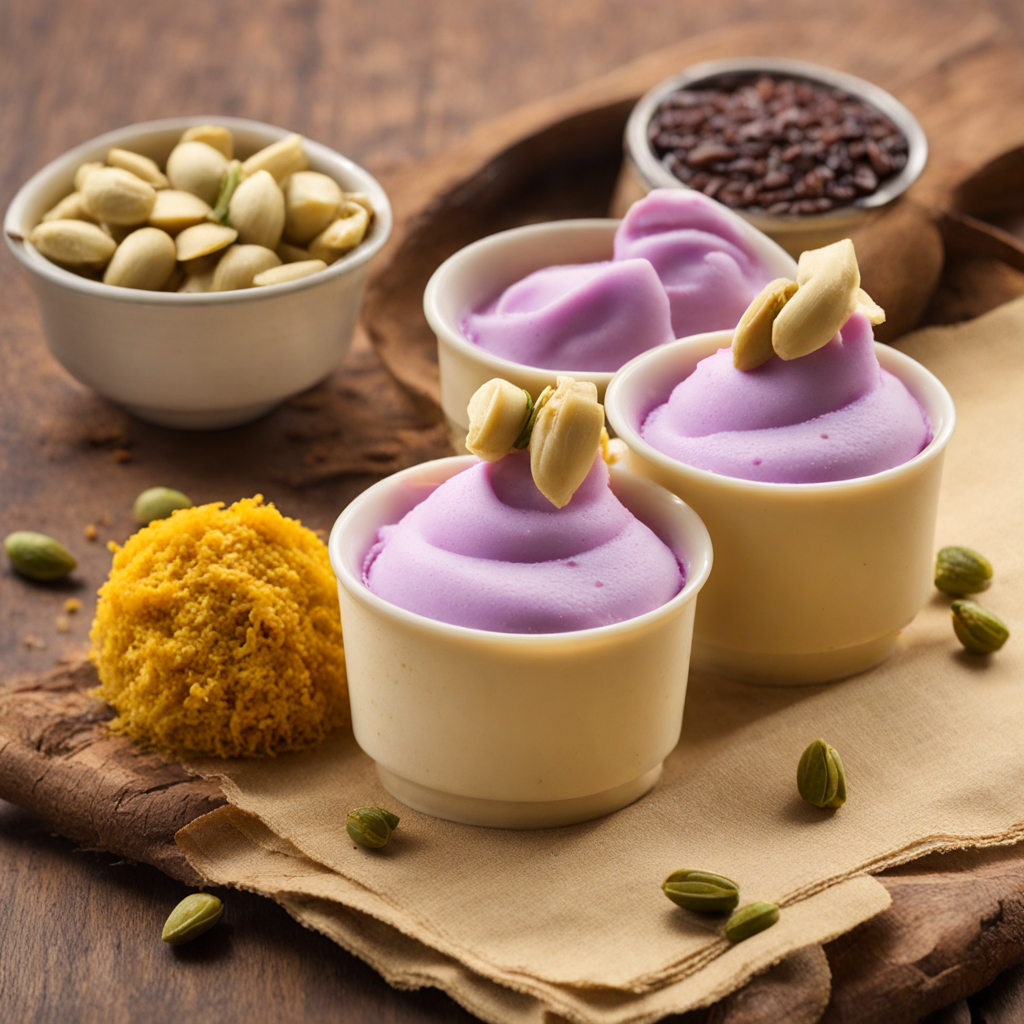Masala Dosa
Masala dosa is a beloved dish from South India, renowned for its unique combination of flavors and textures. This savory crepe made from fermented rice and lentil batter is filled with a spiced potato mixture, making it a quintessential part of South Indian cuisine. Masala dosa is typically served with an array of accompaniments such as coconut chutney, tomato chutney, and sambar, a lentil-based vegetable stew. The roots of masala dosa can be traced back to the Udupi region of Karnataka, where it is believed to have originated more than a thousand years ago. The dish evolved from the traditional dosa, which was a simple fermented crepe made from rice and black lentils. The inclusion of a spiced potato filling is thought to have developed in the early 20th century, particularly popularized by the Udupi restaurants that catered to a growing urban population. Over the years, masala dosa has transcended regional boundaries, becoming a staple not only in South Indian households but also in restaurants across India and around the globe. The flavor profile of masala dosa is a delightful fusion of savory, spicy, and slightly tangy notes. The dosa itself has a crispy and golden-brown exterior, with a soft and chewy interior. The potato filling, known as 'masala,' is typically seasoned with mustard seeds, cumin seeds, green chilies, ginger, and fresh coriander, creating a warm and aromatic experience. The contrast between the crunchy dosa and the
How It Became This Dish
The masala dosa is a quintessential South Indian dish that encapsulates the rich culinary heritage and vibrant culture of India. Originating from the southern states, particularly Karnataka, this dish has transcended regional boundaries to become a beloved staple across the country and even beyond. A masala dosa is essentially a crispy, thin crepe made from fermented rice and lentil batter, filled with a spiced mixture of mashed potatoes, onions, and various spices. Its origins can be traced back to ancient times, with references to similar dishes in ancient Tamil literature dating as far back as the 5th century AD. The word "dosa" itself is derived from the Tamil word "toran," which means "to cook," and this reflects its deep-rooted connections to the Tamil Nadu region. The earliest versions of dosa were likely unfilled, resembling the crepes of today but were more akin to pancakes. The potato filling that we associate with masala dosa today is believed to have gained popularity in the 20th century, particularly in Bangalore, where the dish transformed into a culinary staple among the local population. As the dish evolved, it garnered cultural significance in South Indian cuisine. The practice of fermentation not only enhances the flavor of the dosa but also contributes to its nutritional value. The fermentation process involves soaking rice and urad dal (black gram) separately, grinding them together, and allowing the mixture to ferment overnight. This technique is rooted in traditional South Indian cooking and showcases the ingenuity of local culinary practices that emphasize health and flavor. In terms of cultural importance, masala dosa is not just a meal; it is a symbol of hospitality and communal eating in South India. It is commonly served in local eateries known as "darshinis," which are casual dining establishments where people from all walks of life gather to enjoy this iconic dish. The experience of eating masala dosa is often accompanied by an array of chutneys and sambar (a lentil-based vegetable stew), which further enhances its flavor profile and showcases the diverse ingredients of South Indian cuisine. Over the years, the masala dosa has also been embraced by street food culture and has become a popular choice among food vendors. The dish's adaptability means that it can be easily customized to suit various tastes, leading to numerous regional variations. For example, in some parts of Maharashtra, the filling may include peas and other local vegetables, while in coastal regions, seafood might be incorporated into the mix. As South Indian cuisine began to gain recognition on a global scale, masala dosa became a representative dish of Indian food in international settings. The dish has made its way into menus of Indian restaurants worldwide, often serving as an introduction to the flavors of South India for many who are unfamiliar with the region’s culinary traditions. This globalization of masala dosa has further solidified its place in the hearts of food lovers around the globe. The evolution of masala dosa also reflects changing dietary habits and culinary innovations. With the growing trend towards vegan and gluten-free diets, the dish has found a new audience. Many health-conscious eaters appreciate the wholesome ingredients and the absence of preservatives in traditional preparations. Furthermore, the rise of fusion cuisine has inspired chefs to create innovative takes on the classic masala dosa, incorporating ingredients like quinoa, millet, and other superfoods into the batter or using unconventional fillings that pay homage to global influences. In addition to its culinary journey, masala dosa embodies a sense of nostalgia and comfort for many Indians. It often evokes memories of family gatherings, traditional Sunday breakfasts, and special occasions. The act of sharing a large dosa, tearing off pieces, and dipping them into various chutneys fosters a sense of togetherness. This communal aspect of eating is an integral part of Indian culture, where food plays a central role in social interactions. As we delve deeper into the modern era, masala dosa continues to adapt and thrive in a rapidly changing food landscape. Food bloggers, chefs, and enthusiasts have taken to social media platforms to share their variations and experiences with the dish, creating a vibrant online community that celebrates its rich history. The dish has also inspired culinary competitions and festivals, further promoting its significance and encouraging a new generation to appreciate traditional cooking methods. The masala dosa's presence in popular culture cannot be overlooked either. It has been featured in various films, television shows, and books, often portrayed as a quintessential Indian meal that brings characters together. This representation has helped solidify its status as an icon of Indian cuisine and has contributed to its recognition outside the subcontinent. Moreover, the ongoing dialogue about regional cuisine within India has led to a renaissance of interest in traditional foods like masala dosa. Chefs and home cooks alike are revisiting age-old recipes and techniques, aiming to preserve the authenticity of dishes that reflect their regional identities. This revival not only honors the past but also ensures that future generations will continue to cherish the masala dosa as part of India's culinary legacy. In conclusion, the masala dosa is more than just a dish; it is a manifestation of India’s diverse culture, history, and communal spirit. From its humble beginnings to its status as a global culinary ambassador, the masala dosa tells the story of a rich culinary heritage that continues to evolve while remaining rooted in tradition. With its flavorful filling, crispy texture, and the warmth of shared meals, masala dosa will undoubtedly remain an enduring symbol of South Indian cuisine for generations to come.
You may like
Discover local flavors from India






